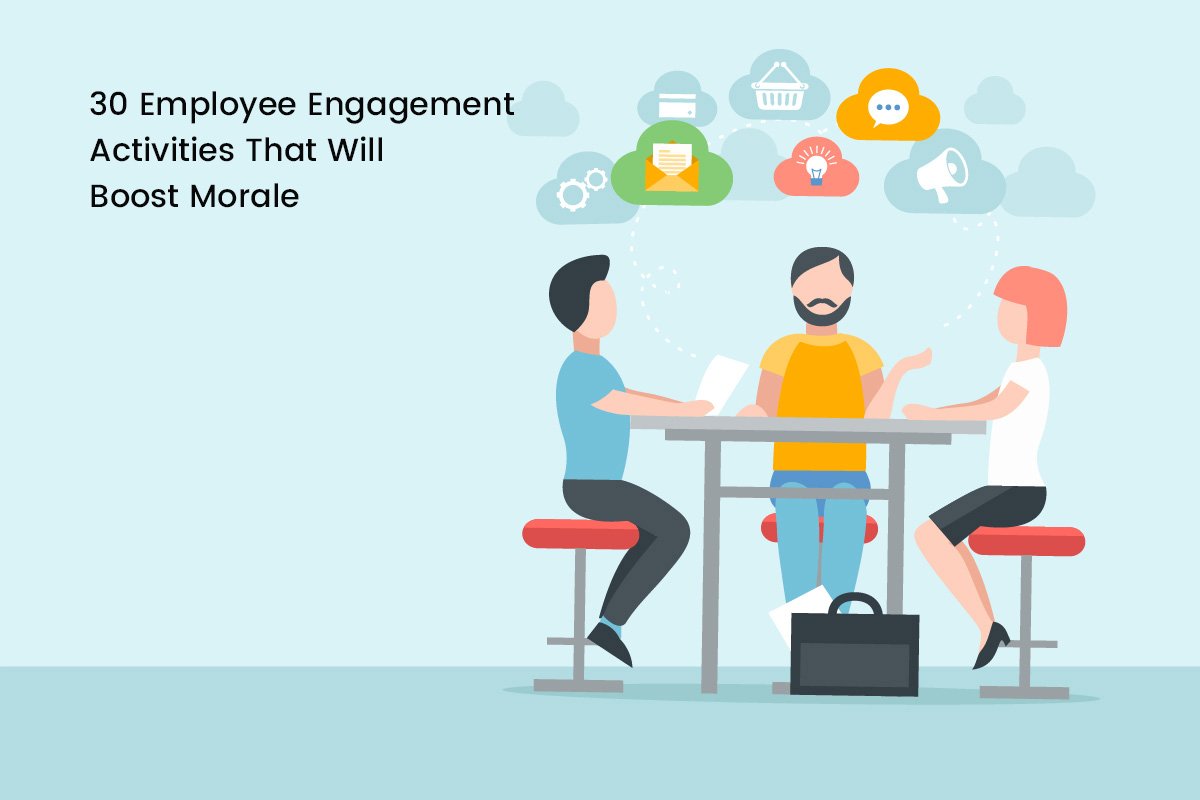What Is Employee Engagement?
Employee engagement refers to the level of commitment, passion, and enthusiasm employees have towards their work and the organization they are a part of. It goes beyond mere job satisfaction and encompasses a deep emotional connection and investment in one’s job. Engaged employees are motivated, dedicated, and willing to go the extra mile to contribute to the success of their team and the organization as a whole. They have a sense of purpose and alignment with the company’s goals and values, which leads to higher productivity, better performance, and increased job satisfaction.
Why Is Employee Engagement Important?
Employee engagement is crucial for organizations as it directly impacts productivity, employee retention, and overall organizational success. Engaged employees are more likely to be proactive, innovative, and focused on achieving their goals. They are invested in their work and have a strong desire to contribute their best efforts, which leads to increased productivity and efficiency. Engaged employees also tend to have higher job satisfaction and are less likely to leave the organization, reducing turnover costs. Moreover, engaged employees create a positive work culture, inspire their colleagues, and contribute to a more harmonious and collaborative environment.
30 Employee Engagement Activities
1. Team-building exercises: Organize activities that foster team cohesion and encourage collaboration, such as group outings, team-building games, or retreats.
2. Employee recognition programs: Implement programs that acknowledge and reward employees’ achievements and contributions.
3. Mentorship programs: Establish mentoring relationships to facilitate knowledge sharing and professional growth within the organization.
4. Wellness initiatives: Promote employee well-being by offering wellness programs, fitness challenges, or mindfulness activities.
5. Town hall meetings: Conduct regular meetings where employees can openly communicate with management, share ideas, and address concerns.
6. Learning and development opportunities: Provide training, workshops, or courses to enhance employees’ skills and promote career growth.
7. Employee feedback surveys: Regularly seek feedback from employees to understand their needs, concerns, and suggestions for improvement.
8. Social events: Organize social gatherings, holiday parties, or themed events to encourage social interactions and foster a sense of community.
9. Flexible work arrangements: Offer flexibility in work hours or remote work options to promote work-life balance.
10. Employee empowerment: Delegate decision-making authority and provide autonomy to employees to make them feel valued and trusted.
11. Employee volunteer programs: Encourage employees to participate in volunteer activities to contribute to the community and foster a sense of purpose.
12. Cross-functional projects: Assign employees to collaborate on projects with colleagues from different departments to foster teamwork and build relationships.
13. Internal communication channels: Establish efficient communication channels to keep employees informed about organizational updates, news, and initiatives.
14. Knowledge sharing sessions: Conduct knowledge-sharing sessions where employees can present and share their expertise with colleagues.
15. Employee appreciation events: Hold events or celebrations specifically dedicated to recognizing and appreciating employees’ efforts and achievements.
16. Gamification of tasks: Introduce gamification elements to make work tasks more engaging and enjoyable.
17. Peer-to-peer recognition: Encourage employees to recognize and appreciate their colleagues’ accomplishments and efforts.
18. Employee resource groups: Create employee resource groups based on shared interests or demographics to foster a sense of belonging and inclusivity.
19. Career development plans: Help employees create personalized career development plans and provide guidance and support to achieve their goals.
20. Employee suggestion programs: Establish a system where employees can submit suggestions for process improvements or innovative ideas.
21. Team-based challenges: Organize friendly competitions or challenges within teams to encourage collaboration and teamwork.
22. Employee social networks: Create platforms or forums where employees can connect, share ideas, and build relationships.
23. Employee of the Month/Quarter Programs: Recognize outstanding employees regularly by awarding them the title of Employee of the Month or Quarter.
24. Professional Certification Programs: Sponsor employees to obtain professional certifications or licenses relevant to their roles and career development.
25. Knowledge Sharing Webinars: Conduct webinars or online sessions where employees can share their expertise or learn from industry experts.
26. Employee Assistance Programs: Provide confidential counseling services or support programs to help employees deal with personal or work-related challenges.
27. Workplace Diversity and Inclusion Initiatives: Promote diversity and inclusion within the workplace through initiatives like training, workshops, or affinity groups.
28. Celebrate Milestones: Recognize and celebrate important milestones, such as work anniversaries or project completions, to show appreciation for employees’ dedication and commitment.
29. Employee Referral Programs: Implement referral programs that incentivize employees to refer qualified candidates for job openings within the organization.
30. Flexibility in Task Allocation: Allow employees to have input in their job responsibilities and provide opportunities for them to work on projects aligned with their interests and strengths.
Conclusion
Employee engagement plays a vital role in creating a positive and productive work environment. By implementing various employee engagement activities, organizations can foster a culture of collaboration, motivation, and satisfaction among their employees. These activities not only benefit individual employees but also contribute to the overall success and growth of the organization. By prioritizing employee engagement, businesses can improve productivity, reduce turnover, enhance customer satisfaction, and drive innovation. Investing in employee engagement is an investment in the well-being and success of both employees and the organization as a whole.







Post a Comment